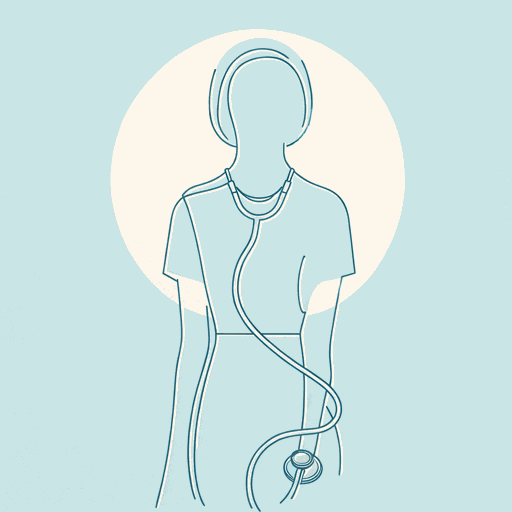37 pages • 1 hour read
Kris HollowayMonique and the Mango Rains: Two Years with a Midwife in Mali
Nonfiction | Autobiography / Memoir | Adult | Published in 2006A modern alternative to SparkNotes and CliffsNotes, SuperSummary offers high-quality Study Guides with detailed chapter summaries and analysis of major themes, characters, and more.
Summary and Study Guide
Overview
Monique and the Mango Rains: Two Years with a Midwife in Mali is a work of narrative nonfiction written by Kris Holloway and published in 2006. Told through Holloway’s perspective, the book recounts the incredible life and death of a young Malian woman named Monique Dembele and her unlikely friendship with Holloway, who came to Mali as a young American woman serving in the Peace Corps in 1989.
The book follows Monique, a midwife who strives to educate women, provide medical advancements, and improve mortality rates in her small village of Nampossela in Mali, Africa. Holloway shares Monique’s story alongside her own narrative of joining the Peace Corps and becoming Monique’s assistant, bearing witness to many tales of bravery and tragedy.
Holloway begins by recounting the first birth she ever witnessed, thoroughly describing the dilapidated condition of the birthing house, including the destroyed corner of the tin roof that prevents women from giving birth there during the rainy season.
Sanitary necessities considered common in Western medicine—running water, electricity, or hospitals—are lacking in Nampossela, and an incredulous Holloway reflects on these differences during and after the childbirth. Mali has one of the highest pregnancy mortality rates in the world, with 1 out of 12 women dying during childbirth and a very high child mortality rate, both during and after birth. Holloway emphasizes how valuable Monique is as the village’s midwife and only health-care worker.
Through Holloway’s burgeoning friendship with Monique, the reader learns more about this compassionate, practical, heroic woman. At 24 years old and with 10 months of medical training to her name, Monique carries the future and fate of her village on her slim shoulders, often working long days and nights while still responsible for the care of her two children and unappreciative husband.
Holloway’s deep respect and love for Monique is apparent in the vivid depictions of the beginning of Monique’s day opening the medical clinic, of her relationships with the women and children she cares for, and of her responsibilities to her family.
From the author’s perspective, Monique’s family takes her for granted and disregards her importance to both the family and the village. Holloway struggles to reconcile the Malian attitude toward women with the rights and equality that women have in Western societies. In particular, Holloway notes the tension in Monique’s arranged marriage to a man who is self-centered, adulterous, and angry at having married a woman who has an important purpose in life while he, a man in a patriarchal society, clearly has none.
Holloway listens to Monique’s heartbreaking story of lost love with a man she knew long ago but could not marry because of her culture and her family’s wishes. She helps Monique reunite with her lost lover to allow Monique some personal happiness in her life.
The author recounts the development of her friendship with Monique over the two years she is in Mali, a surprise considering the vast differences in their culture, education, and personal rights. Monique teaches and inspires Holloway with her courage and determination, even in the face of her personal problems. Holloway teaches and helps Monique by introducing her to the rights enjoyed by women in Western societies, from contraception to the rejection of genital mutilation. Together, they improve the circumstances for the women and children of Nampossela.
Although it takes time, Holloway learns Malian customs and traditions, and she comes to love the people she lives among. Along with John, a fellow Peace Corps member whom she marries, the people of Nampossela become an extended family, and it breaks her heart to leave them behind.
Holloway stays in touch with Monique after she returns to the United States and arranges for Monique to visit. It is only through a letter from a fellow villager that Holloway learns of Monique’s death, ironically suffered in childbirth. She travels back to Mali, desperate to learn the truth behind her friend’s death, but finds that the truth isn’t as important as securing a future for Monique’s children and the village for which Monique sacrificed so much.
Ultimately, Monique and the Mango Rains is a moving story about one woman’s desire to improve the lives of the women and children in her African village, and about the hopeful legacy she left behind.

